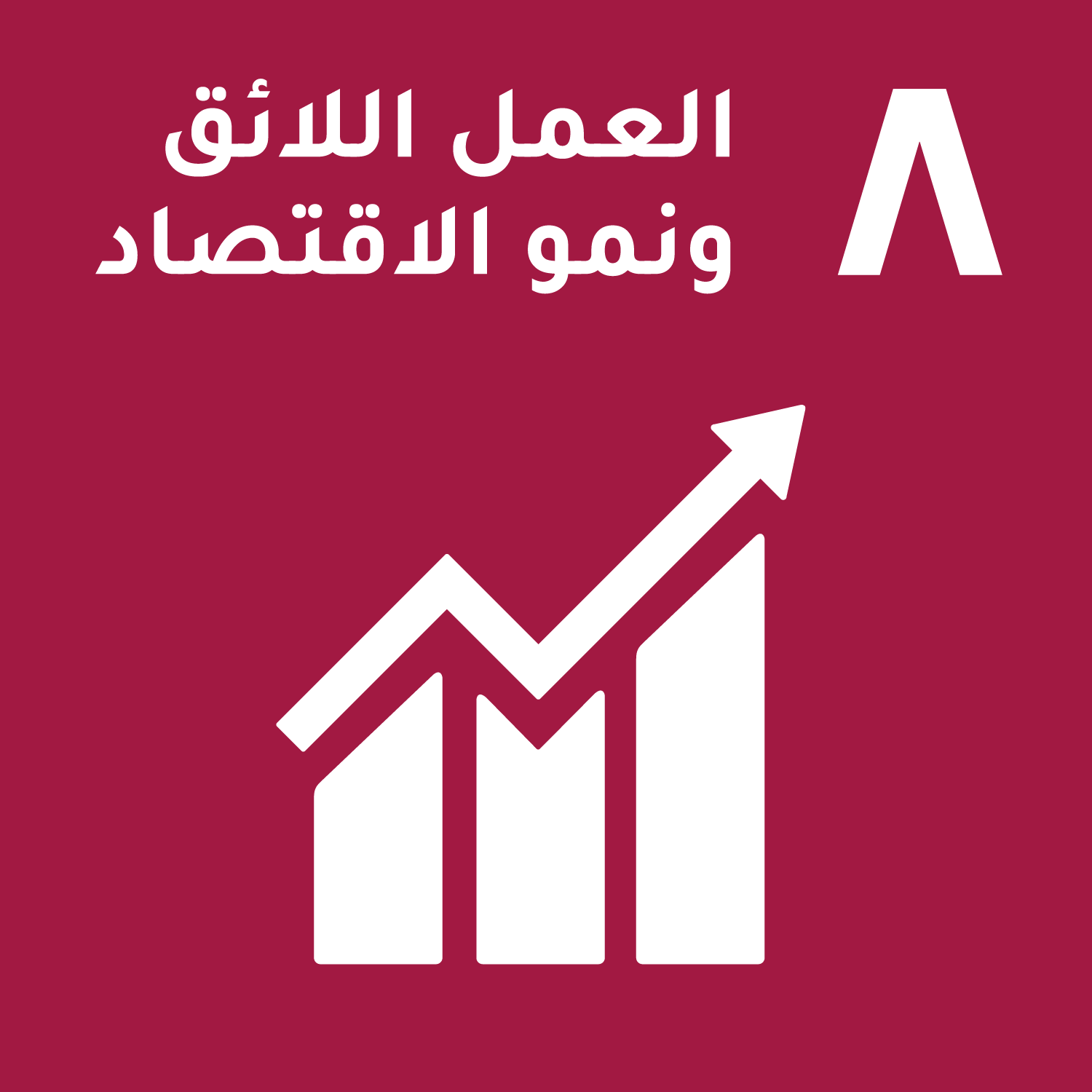احتساب المخاطر الائتمانية المتوقعة وفق معيار IFRS9 وانعكاساته في حجم الائتمان بالتطبيق في المصرف الاهلي العراقي
DOI:
https://doi.org/10.56967/ejfb2023358الكلمات المفتاحية:
معيار IFRS9، المخاطر الائتمانية، الخسائر الائتمانية، حجم الائتمان، المصرف الاهلي العراقيالملخص
البحث يركز على احتساب المخاطر الائتمانية المتوقعة وفقًا لمعيار IFRS9 9 وكيفية تطبيق هذا المعيار في المصرف الأهلي العراقي. IFRS9هو معيار محاسبة يتعامل مع التصنيف والقيمة المالية للأصول المالية وإدارة المخاطر المتعلقة بها. تتطلب معايير المحاسبة الحديثة مراعاة المخاطر المالية المترتبة على القروض والمنتجات المالية الأخرى التي يمتلكها المصرف. يهدف معيار IFRS9 9 إلى تقديم نظام شامل لإدارة المخاطر المتعلقة بالائتمان وتقديم تقدير محتمل للخسائر المتوقعة على القروض والمنتجات المالية الأخرى. تتضمن عملية حساب المخاطر الائتمانية المتوقعة بمعيار IFRS9 9 عدة خطوات رئيسية. أولاً، يجب تصنيف المنتجات المالية وفقًا لدرجة المخاطر المتوقعة. هذا التصنيف يستند إلى المعلومات الكمية والنوعية ذات الصلة بالمصرف وتقدير المخاطر الائتمانية لكل فئة. بعد ذلك، يتم تحديد حجم الائتمان المتوقع لكل فئة بناءً على نماذج التنبؤ وتقديرات المخاطر. هذه النماذج تستند إلى مجموعة من المعايير المحاسبية والاقتصادية والأعمال التجارية. يتم استخدام البيانات التاريخية والمعلومات الراهنة لتحديد حجم الائتمان المتوقع والمخاطر المحتملة المترتبة على المحافظ المالية. وفقًا للمعايير المحاسبية، يجب أن تقوم المصارف بإدراج حجم الائتمان المتوقع في التقارير المالية الدورية وتحديثه باستمرار. يساعد ذلك الجهات الخارجية، مثل المستثمرين والجهات الرقابية، على فهم مدى تعرض المصرف للمخاطر الائتمانية وكفاءة إدارة المخاطر في المصرف. تنعكس هذه العملية في حجم الائتمان بالتطبيق في المصرف الأهلي العراقي بتحسين فهم المصرف للمخاطر الائتمانية وبالتالي القدرة على اتخاذ قرارات أفضل في منح القروض وإدارة المخاطر. يساعد تقدير المخاطر الائتمانية المتوقعة أيضًا في تعزيز كفاءة رأس المال وإدارة الأرباح، ان هدف هذا البحث هو دراسة احتساب المخاطر الائتمانية المتوقعة وفقًا لمعيار IFRS9 وتحليل تأثيرها على حجم الائتمان في تطبيقها في المصرف الأهلي العراقي. يتم التركيز على فهم تفاصيل المعيار وكيفية تطبيقه لتحسين إدارة المخاطر واتخاذ قرارات أفضل في منح القروض. من خلال هذا البحث، توصلنا إلى الاستنتاج أن احتساب المخاطر الائتمانية المتوقعة وفقًا لمعيار IFRS9 يساهم في تعزيز فهم المصرف للمخاطر الائتمانية وتحسين كفاءته في إدارة المخاطر، كما يساعد التطبيق الصحيح للمعيار في تقديم تقارير مالية أكثر شفافية وقدرة على التنبؤ بالخسائر المحتملة. بناءً على النتائج المستخلصة، يوجد بعض التوصيات لتحسين إدارة المخاطر في المصرف الأهلي العراقي وتطبيق معيار IFRS9 9. ينبغي على المصرف تعزيز قدراته التقنية لجمع وتحليل البيانات المالية والتصنيفات الائتمانية بطريقة أكثر دقة وفعالية، كما ينبغي على المصرف توفير التدريب المستمر للموظفين حول المعيار وطرق تنفيذه واستخدام النماذج التنبؤية المناسبة لحساب المخاطر الائتمانية المتوقعة. تعزيز التوعية والتفاهم لدى الموظفين سيسهم في تحسين قدرتهم على التعامل مع التحديات المتعلقة بتطبيق المعيار، أخيرًا، ينبغي على المصرف أن يقوم بتقديم التقارير المالية بصورة منظمة وشفافة، توضح حجم الائتمان المتوقع والمخاطر المحتملة المترتبة على هذا الحجم. هذا سيساعد المستثمرين والجهات الرقابية على فهم مدى تعرض المصرف للمخاطر الائتمانية وكفاءة إدارة المخاطر في المصرف.
التنزيلات

التنزيلات
منشور
كيفية الاقتباس
إصدار
القسم
الرخصة
الحقوق الفكرية (c) 2023 منتظر عبيد شاكر، صدام كاطع هاشم

هذا العمل مرخص بموجب Creative Commons Attribution 4.0 International License.
هذه هي مقالة منشورة بنمط الوصول الحر وموزعة تحت شروط ترخيص المشاع الابداعي نسب المصنف (CC BY) 4.0 دولي التي تسمح بالاستخدام غير المقيد، التوزيع، واعادة الانتاج في أي وسيط أو صيغة، والتحوير أو البناء على المادة، بما في ذلك للأغراض التجارية، شريطة أن يتم نسب العمل للمؤلف الأصلي.









